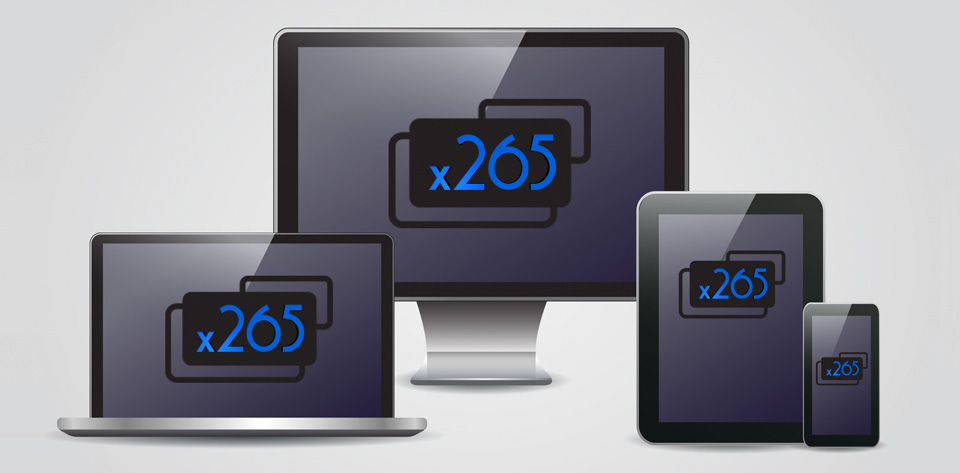Even the most outraged opponents of the 4K acquisition hardly could deny the indisputable assets the format has brought to the table in today’s production environment. Better overall image quality, more pixel density, finer detail, greater texture, superb colour rendition, more flexibility in post-production workflows, etc. In short, the higher resolution images are simply better.
However, the standard also has its drawbacks as probably one of the biggest concerns are the massive data storage demands and the immense processing power required to work with 4K material. Costs vastly add up and could turn into a serious investment, especially for the broadcast industry. Streaming of 4K content is also in its infancy, so there is enough room for further technology improvements and innovations.
This is where the new High-Efficiency Video Coding (HEVC), also known as H.265, comes in handy.
The early development of the successor of the well-known H.264 codec started back in 2004. However, it wasn’t until June 2013, when H.265 was formally published by the Telecommunication Standardization Sector ITU-T as this meant it was ready to be implemented in the future HEVC products and devices. Version 1 of HEVC was finalized on January 25, 2013, and the specification was formally ratified as a standard on April 13, 2013.
The second version of the codec was released in 2014 supporting higher bit-depths, 4:2:2 and 4:4:4 chroma sampling and scalable extensions. The work continues to evolve with support of 3D video.
In general, H.265 codec will speed up the adoption of 4K (and beyond) standards as it significantly improves compressed image quality, and decreases bandwidth costs when streaming media. The codec supports image sizes up to 8K (8,192 x 4,320 pixels) and reduces file size by 40% compared to a file using the H.264 compression algorithms at the same bandwidth. Another great asset H.265 codec provides is the ability to support parallel processing, which means that the new codec will take full advantage of multiple processors and graphics processing units (GPU) allowing to compress files more vastly and efficiently than its predecessor.

Currently, only a limited number of devices and platforms support the HEVC such as the iPhone 6 and iPhone 6 Plus and Samsung NX1 compact camera, for instance,.H.265 also is coming to the Android OS, Windows 10 (scheduled for release in 2015) and 4K Blu-ray Players and Disks (the end of 2015). Adobe doesn’t have plans to support the codec for the next 3-6 months, neither Apple Compressor supports it for the moment as well. Apple also hasn’t announced support in Safari, nor has Microsoft for Internet Explorer, while Chrome, Firefox, and Opera all currently support VP9 and not HEVC.
Whatever the case may be, the codec already provides a list of undeniable assets and benefits over its predecessors and its only a matter of time before its adoption becomes more ubiquitous. We should keep in mind, though, like any other codec, HEVC can’t be deployed until there is a full encode/decode/transport support so it might take some time before it actually turns into a go-to solution for the masses.
[via www.larryjordan.biz]
Disclaimer: As an Amazon Associate partner and participant in B&H and Adorama Affiliate programmes, we earn a small comission from each purchase made through the affiliate links listed above at no additional cost to you.





Hi
I am interested in these videos, but for some reason they (and not other utube videos) are streaming very slow and outsync on sound.
Sounds like Darth Vader’s grandad! Can I correct this?
Thanks
V.Anand
Simply change the Speed Setting of the video to Normal, that might help.